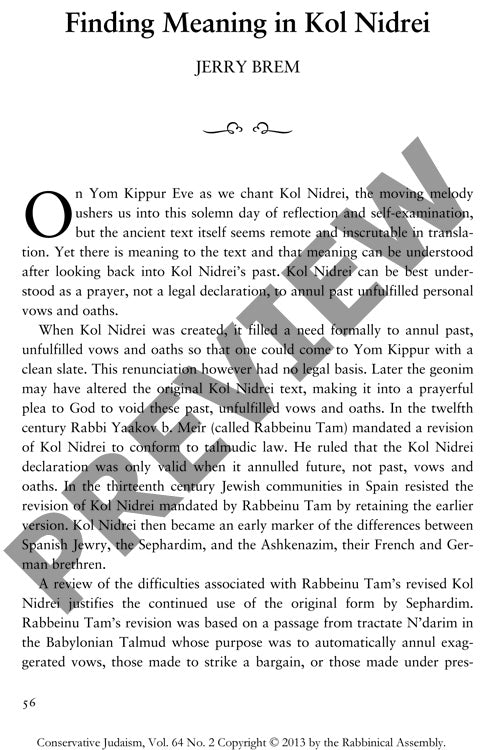Finding Meaning in Kol Nidrei
Couldn't load pickup availability
The haunting melody of Kol Nidrei, Judaism's most famous legal formula turned prayer, reveals a centuries-long tension between spiritual needs and religious law. While millions of Jews hear it annually on Yom Kippur Eve, its evolution from ninth-century Palestine through major medieval reforms reflects deeper questions about repentance, communal practice, and liturgical change. Through analysis of rabbinic responsa and liturgical texts spanning the ninth through twentieth centuries, this research traces how Kol Nidrei transformed from a psychological salve - allowing Jews to privately annul past unfulfilled vows without facing a rabbinic court - into a controversial legal declaration about future commitments. Rabbi Yaakov ben Meir's twelfth-century revision, mandating the annulment of future rather than past vows to align with talmudic law, created an enduring split between Sephardic communities, which largely maintained the original version, and Ashkenazic communities that adopted the reform. Despite this divergence, Kol Nidrei's persistent resonance stems from its confessional nature and promise of divine forgiveness, making it fundamentally aligned with Yom Kippur's themes of repentance and atonement. Modern liturgical practices increasingly favor the original version's focus on addressing past failures, suggesting a growing recognition that the prayer's spiritual function transcends its technical legal status.

More Information
-
Physical Description
-
Publication Information
Published 2013
ISBN
-
Publication Credits

